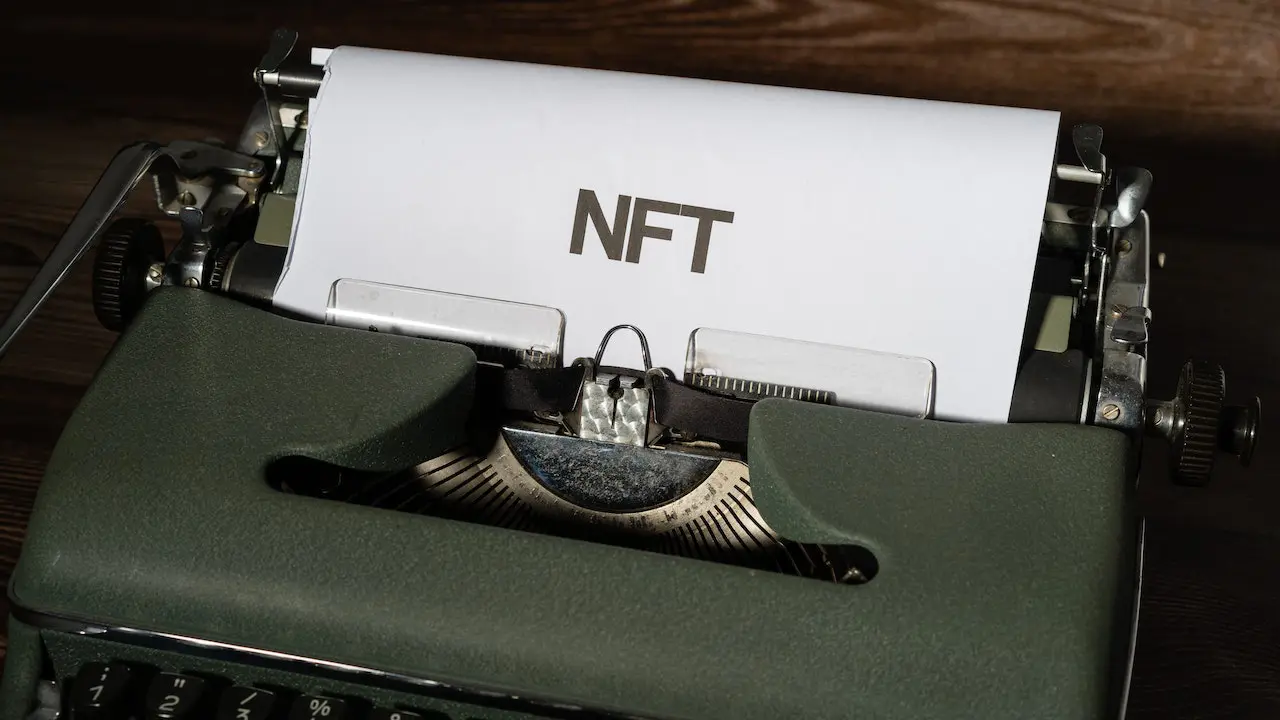Who Invented NFTs?

Non-fungible tokens (NFTs) were first proposed in a white paper published in 2014 by a programmer named Vitalik Buterin, who is best known as the co-founder of Ethereum, a decentralized platform for running smart contracts. However, NFTs did not gain widespread attention until 2017, when they were used to represent unique digital assets, such as collectible items and art.
NFTs are digital tokens that represent unique, non-replicable assets. They are stored on a blockchain, which is a decentralized, distributed ledger that uses cryptographic techniques to ensure the integrity and security of the data. NFTs can represent a wide range of assets, including digital art, collectible items, music, videos, and even virtual real estate.
One of the key features of NFTs is that they are non-fungible, which means that they cannot be exchanged for other tokens or assets on a one-to-one basis. Each NFT is unique and has its own value, which is determined by the market demand for the underlying asset. This is in contrast to cryptocurrencies, such as Bitcoin and Ethereum, which are fungible, meaning that they can be exchanged for other tokens or assets on a one-to-one basis.
NFTs have gained widespread attention in the art world, as they have been used to represent and sell unique digital artworks. Some high-profile NFT art sales have been reported in the media, with prices reaching into the millions of dollars. However, NFTs are not limited to the art world and have also been used in other areas, such as gaming and music.
One of the benefits of NFTs is that they can provide a way for creators to authenticate and sell their digital works. Prior to the emergence of NFTs, it was difficult for digital artists and other creators to prove ownership and control over their works, which made it hard for them to monetize their creations. NFTs provide a way for creators to prove ownership and control, as well as to set the terms of use and distribution for their works.
In conclusion, NFTs were first proposed by Vitalik Buterin in 2014 and gained widespread attention in 2017, when they were used to represent unique digital assets, such as art and collectibles. NFTs are stored on a blockchain and are unique, non-replicable tokens that represent a wide range of assets. They have been used in the art world to authenticate and sell digital artworks, but have also been used in other areas, such as gaming and music.
